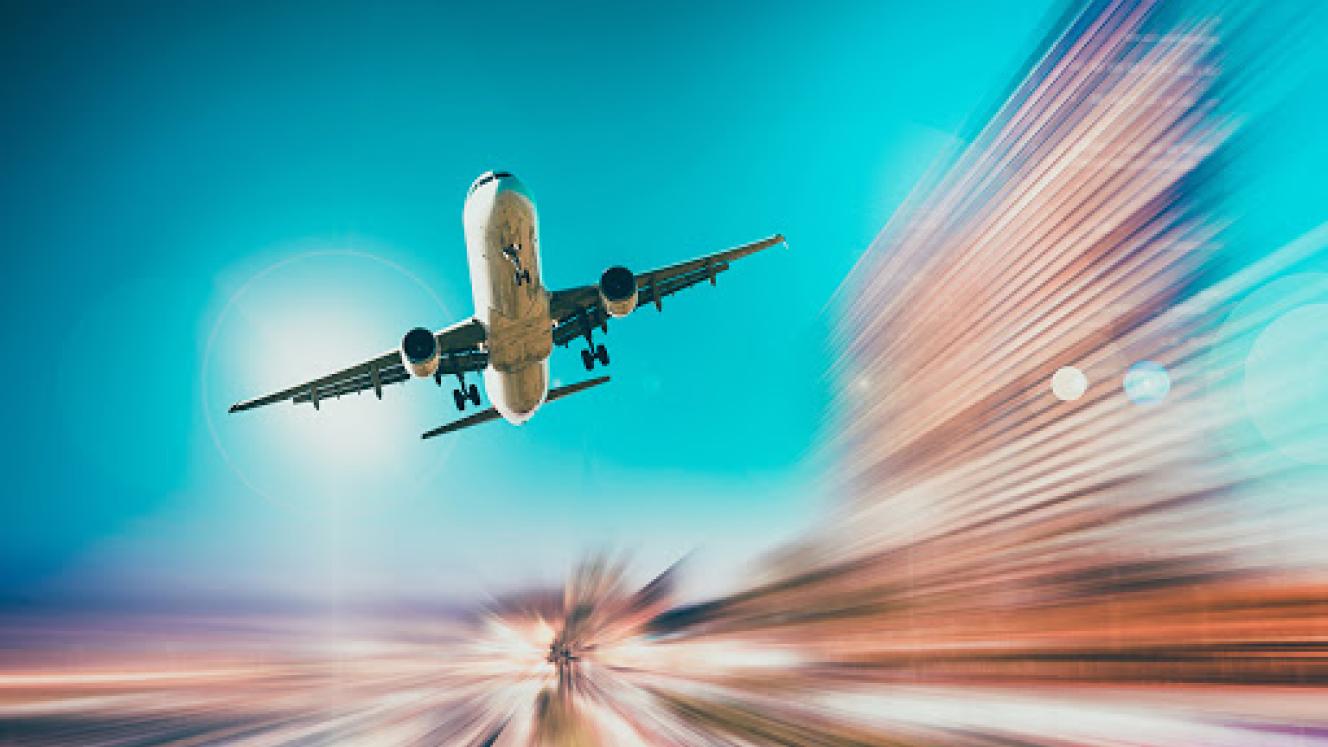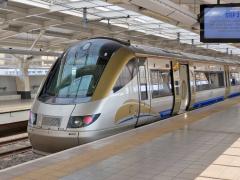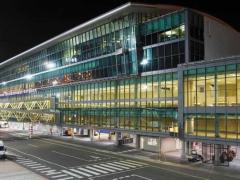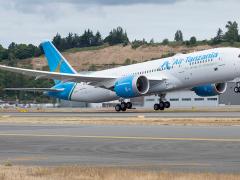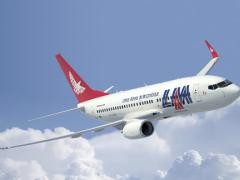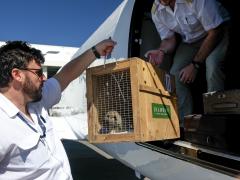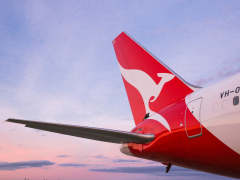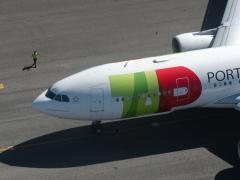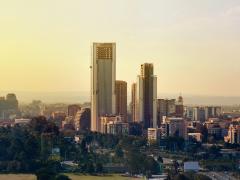As South Africa’s travel and tourism sectors sit on tenterhooks waiting to hear whether a move to Level 1 will include the full reopening of international travel, experts say it is imperative for economic growth.
There have been some confusing remarks that within level 1 lockdown, borders will reopen in phases – starting regionally – before the full reopening of international travel is allowed.
However, this phased reopening was not logical, said Professor Alex van den Heever, Chair in the field of Social Security Systems Administration and Management Studies at the Wits School of Governance.
“All borders should be reopened as there are no additional risks posed by an industry that is well organised, has stringent health and hygiene safety protocols in place and operates in low density settings,” he said.
In his view, the risks lie in super-spreading events, i.e. large gatherings, where one person infects many. “You typically don’t get super-spreading events in tourism, provided health protocols are maintained and, to the extent where there are any failures, you address them. You don’t keep an entire industry closed because of some failures. As an economic sector, if the evidence doesn’t indicate that you are a major vector for spreading the disease, you should be open,” said Alex.
Tourism specialist, Gillian Saunders, agreed that the tourism sector should be reopened in full “by default and managed by exception”. She noted that, when considering the pandemic risk, there was no reason to differentiate between a foreign tourist from an African country compared with an overseas country.
“The COVID risk and mitigation measures are the same and the approach to people travelling to South Africa from an African country or from an overseas country should be identical. The new COVID management situation with different behaviours and following protocols applies equally to nationals from any country,” Gillian pointed out.
And where protocols were not working, address them, added Alex. “Where things are working leave them open. The initial approach followed by government, which involved closing by default and opening by exception, has been our big strategic mistake to date.”
South Africa’s tourism sector has adopted stringent protocols through the Tourism Business Council of South Africa’s Travel Safe – Eat Safe programme, which has been informed by all international and local health and safety guidelines, including the World Health Organization, the National Institute for Communicable Disease, and the Department of Health, and endorsed by the World Travel and Tourism Council.
The economic case for full reopening
Of the R120,7bn of direct foreign tourism spend in South Africa in 2018, 68% (or R82,6bn) was generated by the 2,7m overseas tourists who visited the country.
“Their spending levels are significantly higher than those of most African visitors and are critical to support a large portion of the travel and tourism industry in South Africa,” highlighted Gillian.
Equally, outbound tourism is critical to South Africa’s economy. “South Africans take around six million foreign trips annually. Of these, 39% or 2,4m are by air. These air trips support the international air routes and frequencies to and from Africa and overseas countries. The viability of the airline industry relies on outbound demand to fill airline seats.”
While Gillian acknowledged that international and regional tourism would not return at full pre-COVID levels for many months or even years, if all international borders were opened as soon as possible, even 20% or so of the prior levels would assist the industry to survive.
“Inbound overseas tourism is the single most lucrative tourism market, with 2,7m tourists representing 68% of the inbound tourism spend. With a high season over the next six months, which is in danger of being decimated, and our continental competitors re-opening and taking market share, not opening as soon as possible will cause severe decline of the industry for this season and a further slower recovery for the 2021 to 2022 season.”
She added that, beyond opening borders, government needed to create an enabling environment for tourism to flourish. “This includes an immediate national air access initiative to drive route take-up, and temporary visa waivers for key markets as airlift is introduced.”
